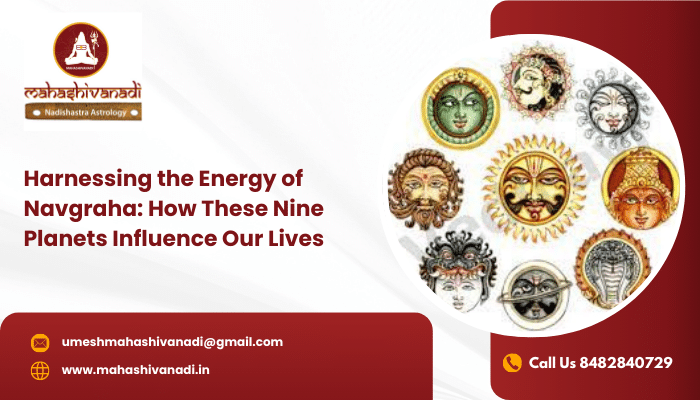Navgraha’s significance
Surya (Sun), Chandra (Moon), Mangal (Mars), Budha (Mercury), Guru (Jupiter), Shukra (Venus), Shani (Saturn), Ketu, and Rahu are two nodes of eclipses, both of which are solar and lunar nodes. Human beings’ physical and mental condition is believed to be affected by laying hold of these celestial bodies, hence the word Graha.
In addition to their distinct function in Naadi Predictions and the Indian Pantheon, these Grahas are not parts of Brahma, Vishnu, or Shiva’s Triumvirate.
What was the purpose of worshiping Navgrahs?
As a result of the concept of Rebirth and the theory of Karma, Indian Philosophy is greatly influenced. In Nadi reading the 13th chapter, the seeker is told to perform services or Pujas to overcome the malefic effect; performing Pujas while simultaneously providing food and water to needy people helps to overcome Paap “Sins” and improve Punyas “Good deeds”.
The Naadi Predictions serve as a source of inspiration for seekers to carry out the Shanti and Parihar rituals in the traditional and prescribed manner. Following guidance from a Nadi Astrologer, individuals should visit the designated location mentioned on their Naadi Palm Leaf. It is believed that the Navagrahas act as mediators between the primary deities of a temple. Depending on the area of concern, such as health, wealth, or knowledge, both Shiva and Worshipers are responsible for specific regions. It is widely believed that worshiping a particular Graha can grant devotees their desired blessings, whether it be for professional gain or any other need.
